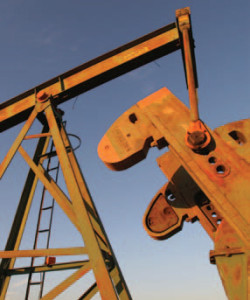
Economic growth in the Middle East and North Africa will moderate to 3.1 per cent this year before recovering to 3.7 per cent in 2014, the IMF said in its recent economic outlook for the region.
The expected slowdown – which follows growth of 4.7 per cent in 2012 – will be driven by scaled-back oil production in countries exporting the commodity, which include Algeria, Bahrain, Iran, Iraq, Kuwait, Libya, Oman, Qatar, Saudi Arabia, the United Arab Emirates and Yemen, said the organisation.
The region’s oil importers – Afghanistan, Djibouti, Egypt, Jordan, Lebanon, Mauritania, Morocco, Pakistan, Sudan and Tunisia – are expected to see a modest recovery, although the IMF said disparities between the two types of economies were “expected to narrow” this year.
The organisation joined a growing number of industry experts in expressing concern about the long-term risks to hydrocarbon prices from the US shale “revolution”, should it spread around the world. It is an issue that has been intensely debated, and analysts are divided about how it could undermine the dominance of countries such as Saudi Arabia in the oil industry.
Economic growth in 2013 was forecast to slow to 4.4 per cent in the world’s top oil exporter, although it would still be among the faster expanding members of the Gulf Cooperation Council.
Qatar, which is ratcheting up spending in preparation for the World Cup in 2022, is expected to be the group’s best performer, with economic growth of 5.2 per cent this year.
For the petrodollar states, fiscal policy would need to be tightened through specific measures to rein in rising break-even prices, says the IMF.
“To build resilience to a possible sustained decrease in the oil price, increases in hard-to-reverse current government expenditures, such as the wage bill and subsidies, should be contained,” it adds.
 Cash And Trade Magazine For Cash and Trade professionals in the Middle East
Cash And Trade Magazine For Cash and Trade professionals in the Middle East




